Cybermedicine is the use of the Internet to deliver medical services, such as medical consultations and drug prescriptions. It is the successor to telemedicine, wherein doctors would consult and treat patients remotely via telephone or fax.
Cybermedicine is already being used in small projects where images are transmitted from a primary care setting to a medical specialist, who comments on the case and suggests which intervention might benefit the patient. A field that lends itself to this approach is dermatology, where images of an eruption are communicated to a hospital specialist who determines if referral is necessary.
A Cyber Doctor, , known in the UK as a Cyber Physician, is a medical professional who does consultation via the internet, treating virtual patients, who may never meet face to face. This is a new area of medicine which has been utilized by the armed forces and teaching hospitals offering online consultation to patients before making their decision to travel for unique medical treatment only offered at a particular medical facility.
By: Warner V. Slack, M.D.
(Professor From Harvard Medical School)
"Dr. Slack received his bachelor's degree from Princeton University, his medical degree from Columbia University's Columbia University's College of Physicians and Surgeons, and his residency training in neurology at the University of Wisconsin.
Now Dr. Slack and his colleagues at the Center for Clinical Computing (CCC) and the Harvard Medical School, have developed, implemented, and studied an integrated, hospital-wide clinical computing system (the CCC system).
Early Technology
Since early times, growth in population has been accompanied by innovation in communication, inventions that enhance the exchange of information between more and more people, but that do so at the expense of direct interpersonal conversation. Each invention, impersonal by its very nature, has in turn been subject to early criticism both by the well-meaning humanist, who objects to anything seen as having a depersonalizing influence, and by the well-meaning traditionalist, who opposes innovation on principle.
It is likely that when that ingenious Sumerian who invented writing first pressed those cuneiform symbols into clay along the Tigris River some five thousand years ago, a skeptic standing nearby predicted with furrowed brow that people would soon stop talking to each other. Those who read The Republic in school will remember that Plato was very much opposed to theater as it was performed in ancient Greece.
For him the portrayal of fictional characters was an ignoble pursuit that exposed audiences to the risk of corruption. In more modern times, the telephone was written off prematurely:
according to an internal memorandum at Western Union in 1876, the telephone “has too many shortcomings to be seriously considered as a means of communication. The device is inherently of no value to us.” The motion picture was also greeted with suspicion.
The stage was by then a reputable medium (“legitimate theater,” as it were), but the movie, even as it gained in popularity, was deemed common and potentially harmful.
To make a movie based on a book was a priori to debase the book. Parents worried about bad cinematic influences and meted out movie-going privileges with extreme judiciousness. Dorothy Parker likened the movie to sex, pointing out that while most enjoyed it, few would talk about it.
Radio had a similar history. “The wireless music box has no imaginable commercial value. Who would pay for a message sent to nobody in particular?” argued David Sarnoff ’s associates in the 1920s, when he urged them to support radio as a commercial venture. Popular as it was to become, radio was late to be accepted publicly by the intelligentsia.
The Green Hornet, Captain Midnight, Terry and the Pirates, and Superman (together with their comic book counterparts) were intermittently banned from middle-class households. Kids, of course, still listened—but did so with youthful subterfuge.
After World War II came television—lowbrow (boxing and wrestling were the staple programs) and frowned upon as potentially corrupting. As television broadened its scope and became increasingly available and popular, it was correspondingly chic among the culturati not to have television at home. There was a family in our neighborhood in the 1970s who did not have a set in their home.
Mention of television in conversation with the parents elicited blank faces. The children, however, spent an inordinate amount of time in front of our set.
Movies and radio were by then regarded as legitimate art forms, particularly the earlier, pre–World War II films and programs. It was then acceptable to consider a movie better than the book on which it was based (Elmer Gantry and The Godfather come to mind).
The personal computer is the new medium on the block. And once again, prophecy was off the mark. “I think there is a world market for maybe five computers,” Thomas Watson, chairman of IBM, is purported to have said in 1943. But I am getting ahead of myself.







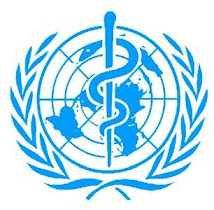


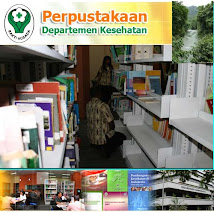
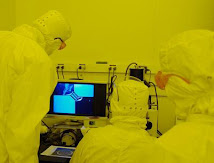



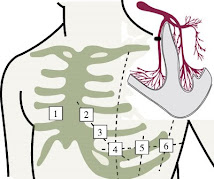
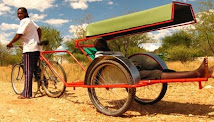

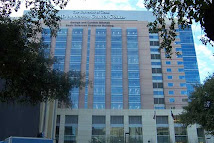




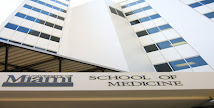

Tidak ada komentar:
Posting Komentar